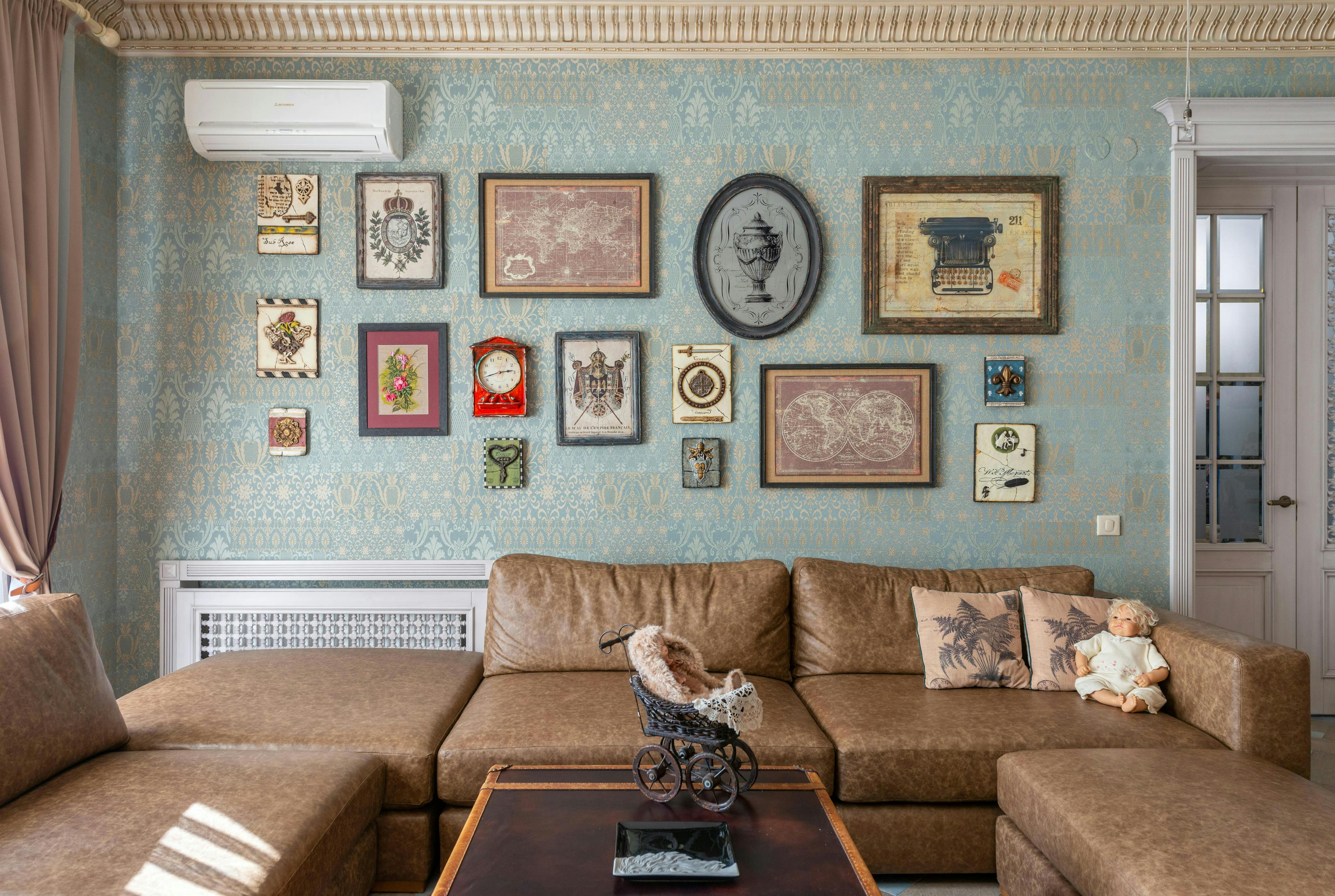Preventing Mold Growth: Understanding and Controlling the Key Conditions

Mold is a common issue in many homes, thriving in damp, dark environments and causing not only property damage but also potential health risks. Understanding the requirements for mold growth is crucial for preventing its spread and maintaining a healthy living environment. This article will explore the essential conditions that facilitate mold growth and offer strategies for creating an inhospitable environment for mold in your home.
Moisture: The Primary Catalyst for Mold Growth
Moisture is the most critical factor for mold growth. Mold spores are ubiquitous in the air, but they only start to grow into mold when they land on wet or damp surfaces. Sources of moisture in homes can include high humidity levels, leaks from roofs or pipes, condensation on windows, or flooding. To prevent mold growth, it's essential to control indoor moisture levels, promptly repair leaks, and ensure proper ventilation in high-humidity areas such as bathrooms and kitchens.
Organic Materials: Mold's Food Source
Mold feeds on organic materials, which are abundant in homes. This includes wood, paper, carpet, and even dust that contains skin cells. Since it's impractical to eliminate all organic materials from a home, focusing on moisture control is more effective for preventing mold growth.
Temperature: Mold's Comfort Zone
Mold thrives in temperatures that are comfortable for humans, typically between 60°F and 80°F. While it's not feasible to maintain a home outside of this temperature range to prevent mold, this fact underscores the importance of controlling other factors, such as moisture, to inhibit mold growth.
Oxygen: Essential for Mold Survival
Mold requires oxygen to grow, but since oxygen is present in all home environments, this condition is always met. This highlights the importance of focusing on controlling moisture, the primary variable homeowners can manage to prevent mold growth.
Darkness: Mold's Preferred Environment
Mold prefers dark conditions, often growing in places like basements, behind furniture, or inside walls. Ensuring that these areas are well-lit and well-ventilated can help deter mold growth. However, since it's not always practical to illuminate all areas where mold might grow, again, controlling moisture remains the most effective strategy.
Mold Spores: The Seeds of Mold
Mold reproduces through spores, which are always present in the air. These spores can settle on surfaces and, if the conditions are right, grow into mold. Since eliminating mold spores from the indoor environment is impossible, the focus should be on creating conditions that are unfavorable for their growth.
Strategies for Preventing Mold Growth
To prevent mold growth in your home, focus on controlling indoor moisture levels. Use dehumidifiers in damp areas, ensure proper ventilation, fix leaks promptly, and use mold-resistant materials in areas prone to moisture. Regularly cleaning and inspecting your home for signs of mold can also help you address any issues before they become significant problems.
In conclusion, while mold spores are a natural part of the indoor environment, controlling moisture levels in your home is the most effective way to prevent mold growth. By understanding the conditions that mold requires to thrive and taking proactive steps to create an inhospitable environment for mold, homeowners can protect their property and health from the potential risks associated with mold infestations.